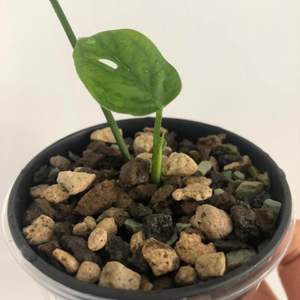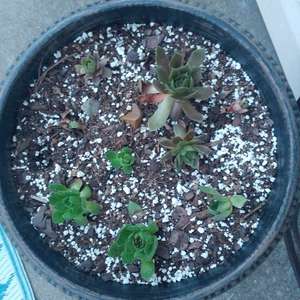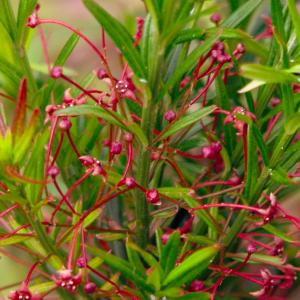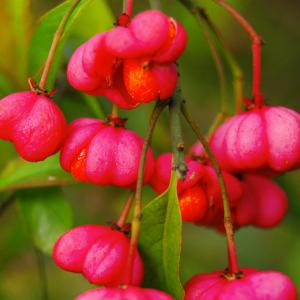Article
Testing
11-19


You will find English-medium institutions in almost every country. Why is it necessary to study in an English-medium institution when you can do things in your local language? The main reason is that businesses and jobs are no longer limited to the local area. People can now do jobs or study remotely. So, they can be staying in Argentina, for example, and doing a job for a company located in England. To communicate with the client, you need to learn English. People also prefer going for higher studies in English-speaking countries. So, if you are good at English, you will be in an advantageous position.
Most professional books are written in English, like engineering, law, or medical books. If the teachers conduct the classes in English then it will be easy for the students to understand the subject better. By giving lectures in English, the teachers also help the students to improve their English speaking skills.
Benefits of English in the education sector
The governments of many countries have endorsed English as part of basic education. If you know English, you will be able to connect to people all over the world. It will result in social mobility. Here are some benefits of English in the teaching and education sector.
Learn other languages easily
English helps to learn other languages more comfortably. If children can learn English at an early age then it will be easier for them to learn other languages. The grammar and syntax they learn help them to grasp new languages quickly.
Improve reading
The best books and magazines are published in English. Even most blogs that you find online are written in English. You can get exposure to a lot of reading materials when you know English. It is very difficult to build vocabulary. By practicing reading, you can make your vocabulary stronger. You will come across many new words and learn their uses in various contexts.
Improve critical thinking skills
Learning English requires a lot of critical thinking. So children can improve their analytical ability by learning English. They can even break down complex words to find their meaning.
Boost writing skill
In your professional life, you will have to write many content including email, marketing material, brochure content, business agreement, and others. You will know how to use the right words in each type of content. You will be able to write reports and articles smoothly.
Digital communication
People now rely on digital communication for personal and professional reasons. It is now easy to stay in touch with family members and friends using social media platforms, email, or apps like WhatsApp. Not many people know how to type in their native language. So, if you know English you can easily type your message and share your feelings. In the professional field also, you can communicate through email and other apps. So, English is essential for digital communication in business.
For travel
If you want to study abroad or go on a business trip, you need to know English. In planes, hotels, and restaurants, English is the most spoken language. You even have to talk to the tour operators in English. If you want to ask directions in a foreign country you must do so in English.
Medical needs
Most medical terms used widely are in English. So, if you have studied Science in English then you will understand the basic medical conditions that the doctors talk about. You can also communicate with doctors in another country and decide on a better treatment option.
Enjoy movies and songs
English movies are popular in the entire world So, by knowing English from school you can enjoy watching some of the best movies. You can also enjoy listening to your favorite singers and understand the lyrics.
Higher education and research
For higher education, you need to know good English. Most books are in English and your advisor will most likely communicate with you in English. If you want to study in Englishspeaking countries, then you will need to demonstrate your English speaking, listening, and writing abilities by scoring well in different exams such as TOEFL or IELTS.

Things teacher teaches you in English class
You learn grammar and new words in English so that you can express your thoughts easily when preparing reports or writing blogs. Here are the things the English teachers teach you.
Synonyms/antonyms
Phrases and Expressions
Linking words
Parts of speech
Pronouns
Articles
Modal
Comparative/superlative words
Active and passive voice
Direct and Indirect Speech
Conditionals
Simile
Metaphor
Personification
Alliteration
Idioms
All these are important parts of English grammar. If you know how to use them in sentences, you will be able to craft wonderful writing pieces. You must enrich your vocabulary by learning a few new words every day. You should communicate with others in English to develop your speaking skills. Participating in debates and other competitions will help to improve your English skills and make you confident. Attend meetings and seminars to see how good speakers talk in English and learn from them.
Having English in the teaching and education sector benefits everyone. It also creates new scopes for the teachers to boost their teaching career. Nowadays, you will notice teachers conducting online classes or videos that are seen by viewers throughout the world. This wasn't possible if the teacher didn't give a lecture in English. In the education sector, English plays a vital role in shaping young people's lives.
0
0
Article
atastybellpepper
2022-07-04

New orchid growers quickly learn that good orchids cannot thrive in ordinary potting soil. Most orchids really grow in the air; the medium is only there to provide the roots with something to adhere to since it is too thick and doesn't drain well enough. In addition, the variety of orchid potting material options might be perplexing.
Many orchid cultivars may thrive in a medium with only one element, while others only like certain materials. You may create your own unique orchid mix, but you must first learn about the requirements of your specific plant. Additionally, depending on the medium used, a wide range of high-quality orchid growth mixtures are available that provide various advantages.
Cost, availability, and appearance may enable you to make a more specific decision among all of these possibilities. It's wise to educate yourself on the characteristics of each kind of material to aid in your decision.
Brick pieces and paving stones
Brick fragments provide hefty orchid pots weight and stability. However, since it may be so hefty, you should go for lesser sized pieces. Because of this material's moderate water retention, the humidity around your orchids will be higher.
The bottom half of an orchid pot may also be secured with cobblestones as an anchor. Top-heavy orchids like dendrobiums can stand erect because the little, irregular pebbles are weighty. Since cobblestone won't hold onto water, you'll need assistance improving the drainage capabilities of your orchid mix.
Coconut Husk Chips with Coir
The fibrous central core that surrounds the fruit, known as coconut coir, may be used on its alone or as a component of a unique orchid combination. In order to provide orchid roots with wet but not soggy growth conditions, the long fibers collect moisture while also releasing it fast.
Coconut husk chips, a sustainable resource, are available in various sizes to suit your requirements, whether they be as a stand-alone growth media or an addition to potting soil. As a result of the chips' gradual decomposition, the roots of orchids get the most air possible. Plaques made of cocoa husk fiber, which provide a great substrate for growing orchids on mounts, are also used by many orchid gardeners.
Cork
The waterproof characteristics of cork are known to everyone who has a vintage bottle of wine. For the best orchid mix, combine water-shedding cork with water-absorbing sphagnum moss or finely chopped bark. The bigger cork chips have a lot of nooks and crannies that orchid roots may explore.
Aggregate of Expanded Clay
Some orchids are sold with potting soil that contains pebbles that resemble Cocoa Puffs cereal. If you see them, it's highly probable that the plant you bought was grown in a clay aggregate that has been extended, such as Aliflor or Hydroton Clay Pebbles.
These ceramic pebbles differ from conventional rocks in that they are porous, light, and neither acidic nor alkaline. To give the pots of your orchids a consistent look, you may use them as a mulch on all of them, combine them with other growth medium, or use them alone.
Rock of Lava
This inorganic growth media is often used with orchids brought in from Hawaii. Lava rock is an useful potting mix addition for orchids that don't want to have their roots disturbed since, like other rock growth medium, it won't decompose. Lava rock holds onto water, which raises the humidity level for your orchids.
Perlite
Perlite, commonly referred to as sponge rock, is made when volcanic glass is heated to a high temperature. Perlite provides great water retention and aeration qualities while without providing any nutrients to orchid plants. Due to the fact that most nurseries and garden stores have it on hand as a general soil supplement, it is also a fairly simple media to locate.
Pumice
Pumice The granite is very porous and may store as much water as 50% of its weight. Additionally, because of its modest weight, your plant won't be burdened by it.
Stone Wool
The cotton-like chalk and basalt fibers known as rock wool, sometimes written rockwool, may be purchased online or at higher-end gardening supply shops. Its major benefit is that it won't degrade in your orchid potting mix. However, you will need to add some organic material, such as bark or peat moss, to balance the alkalinity of the rock wool cubes.
Peeled bark
cypress, cedar, and fir tree bark that has been shredded. It is one of the most often used materials in orchid pots, particularly those that are offered to novices at flower stores and nurseries.
As the bark decomposes, it will acidify your orchid mix. It is also liked for its organic appearance and lovely scent. But once a year repotting may be necessary for orchids grown in a bark media.
Sphagnum moss Sphagnum moss, which is weed- and pathogen-free, keeps the soil around your orchid roots wet. However, it won't become soggy, which is why it's a popular option. For the greatest results, you should rehydrate the moss (which is sometimes supplied in compacted bricks) and place it loosely into the orchid planter.
Growing Styrofoam Orchids in a medium made of Styrofoam may be successful if they like dry times. Simple Styrofoam peanuts may function as a growth medium and are an environmentally good choice since they allow you to recycle the usual packaging material. Additionally, you may purchase specialized Styrofoam pellets like Aerolite that are created especially for epiphytic plants like orchids.
Vermiculite
Several potting soil additions are sold at garden centers, and vermiculite is often among them. It often appears as gravel-sized particles in many pre-made potting soil mixtures.
This pale brown mineral is effective in retaining nutrients and water. Additionally, vermiculite aids in aerating potting soil. Sphagnum moss and it work well together to make a light, moisture-retentive orchid mix.
Many orchid cultivars may thrive in a medium with only one element, while others only like certain materials. You may create your own unique orchid mix, but you must first learn about the requirements of your specific plant. Additionally, depending on the medium used, a wide range of high-quality orchid growth mixtures are available that provide various advantages.
Cost, availability, and appearance may enable you to make a more specific decision among all of these possibilities. It's wise to educate yourself on the characteristics of each kind of material to aid in your decision.
Brick pieces and paving stones
Brick fragments provide hefty orchid pots weight and stability. However, since it may be so hefty, you should go for lesser sized pieces. Because of this material's moderate water retention, the humidity around your orchids will be higher.
The bottom half of an orchid pot may also be secured with cobblestones as an anchor. Top-heavy orchids like dendrobiums can stand erect because the little, irregular pebbles are weighty. Since cobblestone won't hold onto water, you'll need assistance improving the drainage capabilities of your orchid mix.
Coconut Husk Chips with Coir
The fibrous central core that surrounds the fruit, known as coconut coir, may be used on its alone or as a component of a unique orchid combination. In order to provide orchid roots with wet but not soggy growth conditions, the long fibers collect moisture while also releasing it fast.
Coconut husk chips, a sustainable resource, are available in various sizes to suit your requirements, whether they be as a stand-alone growth media or an addition to potting soil. As a result of the chips' gradual decomposition, the roots of orchids get the most air possible. Plaques made of cocoa husk fiber, which provide a great substrate for growing orchids on mounts, are also used by many orchid gardeners.
Cork
The waterproof characteristics of cork are known to everyone who has a vintage bottle of wine. For the best orchid mix, combine water-shedding cork with water-absorbing sphagnum moss or finely chopped bark. The bigger cork chips have a lot of nooks and crannies that orchid roots may explore.
Aggregate of Expanded Clay
Some orchids are sold with potting soil that contains pebbles that resemble Cocoa Puffs cereal. If you see them, it's highly probable that the plant you bought was grown in a clay aggregate that has been extended, such as Aliflor or Hydroton Clay Pebbles.
These ceramic pebbles differ from conventional rocks in that they are porous, light, and neither acidic nor alkaline. To give the pots of your orchids a consistent look, you may use them as a mulch on all of them, combine them with other growth medium, or use them alone.
Rock of Lava
This inorganic growth media is often used with orchids brought in from Hawaii. Lava rock is an useful potting mix addition for orchids that don't want to have their roots disturbed since, like other rock growth medium, it won't decompose. Lava rock holds onto water, which raises the humidity level for your orchids.
Perlite
Perlite, commonly referred to as sponge rock, is made when volcanic glass is heated to a high temperature. Perlite provides great water retention and aeration qualities while without providing any nutrients to orchid plants. Due to the fact that most nurseries and garden stores have it on hand as a general soil supplement, it is also a fairly simple media to locate.
Pumice
Pumice The granite is very porous and may store as much water as 50% of its weight. Additionally, because of its modest weight, your plant won't be burdened by it.
Stone Wool
The cotton-like chalk and basalt fibers known as rock wool, sometimes written rockwool, may be purchased online or at higher-end gardening supply shops. Its major benefit is that it won't degrade in your orchid potting mix. However, you will need to add some organic material, such as bark or peat moss, to balance the alkalinity of the rock wool cubes.
Peeled bark
cypress, cedar, and fir tree bark that has been shredded. It is one of the most often used materials in orchid pots, particularly those that are offered to novices at flower stores and nurseries.
As the bark decomposes, it will acidify your orchid mix. It is also liked for its organic appearance and lovely scent. But once a year repotting may be necessary for orchids grown in a bark media.
Sphagnum moss Sphagnum moss, which is weed- and pathogen-free, keeps the soil around your orchid roots wet. However, it won't become soggy, which is why it's a popular option. For the greatest results, you should rehydrate the moss (which is sometimes supplied in compacted bricks) and place it loosely into the orchid planter.
Growing Styrofoam Orchids in a medium made of Styrofoam may be successful if they like dry times. Simple Styrofoam peanuts may function as a growth medium and are an environmentally good choice since they allow you to recycle the usual packaging material. Additionally, you may purchase specialized Styrofoam pellets like Aerolite that are created especially for epiphytic plants like orchids.
Vermiculite
Several potting soil additions are sold at garden centers, and vermiculite is often among them. It often appears as gravel-sized particles in many pre-made potting soil mixtures.
This pale brown mineral is effective in retaining nutrients and water. Additionally, vermiculite aids in aerating potting soil. Sphagnum moss and it work well together to make a light, moisture-retentive orchid mix.
0
0
Growing
Lolney
2018-06-09

I now added "Whopper® Red With Green Leaf Begonia. Water: Medium. Fertilize: Every two weeks. General Information: Whopper begonias offer super-sized performance which means maximum enjoyment for customers. Whopper is a big, vigorous plant that will fill out beds and large containers equally well. Truly a 50 MPH drive-by color to ... Spacing: 10 - 14'' (25 - 36cm) Scientific Name: Begonia x benariensis Height: 30 - 34'' (76 - 86cm) Exposure: Shade, Partial Sun, Sun" in my "garden"
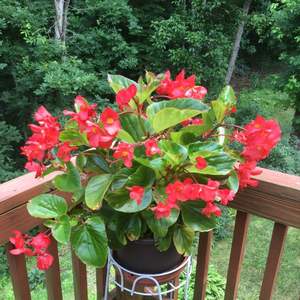

1
0
Growing
Shami
2018-04-16

I tried planting these regular sunflowers today. This time I did not bury them too deep. I used soil-less medium in planting them. 3 of these pots are those sunflowers! Date: April 16, 2018

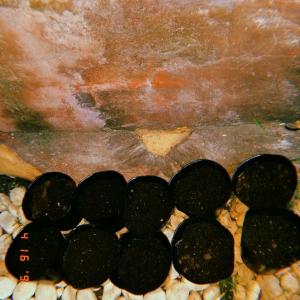
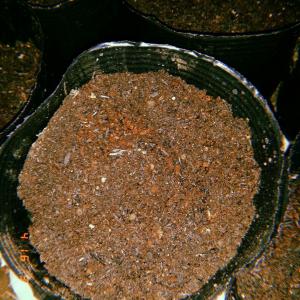



0
0
Growing
Shami
2018-04-16

7 of these pots are the poppies along with 3 pots of sunflowers. 🌻 I used soilless medium in planting them.
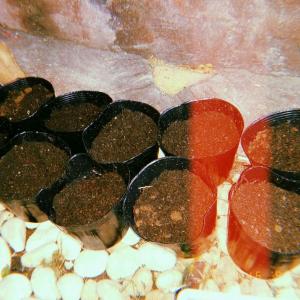

0
0
Growing
Sierra Wilson
2017-03-22

I new added a "Peperomia obtusifolia variegata, from Japan, medium light." in my "garden"
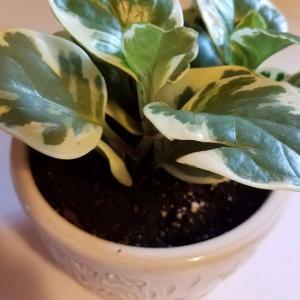

2
0
Growing
Plants Encyclopdias
2016-08-17
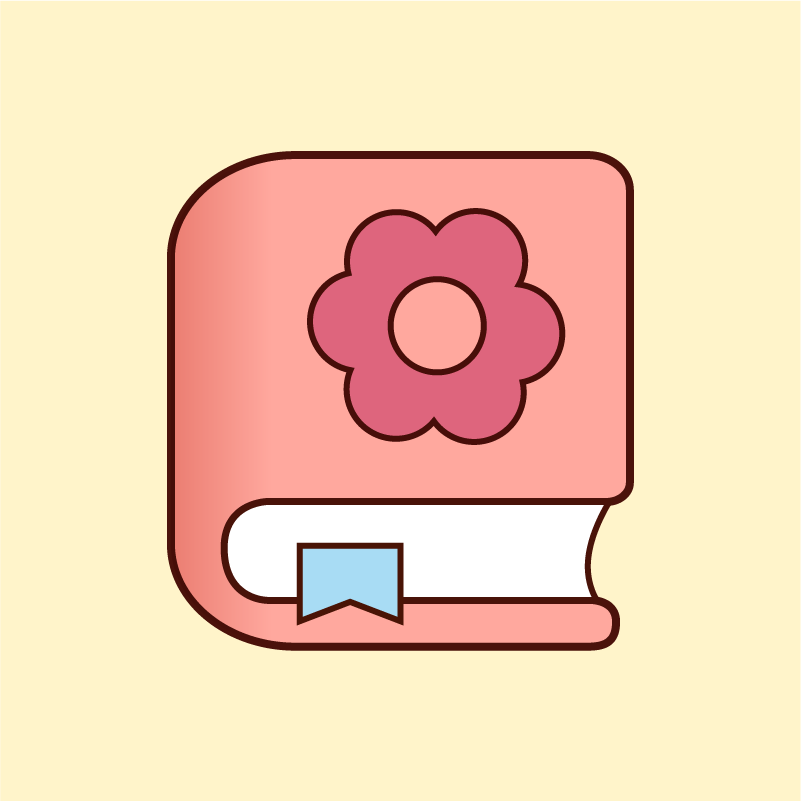
Name: Five holes plant
Latin: Monstera adansonii
Origin: South America
Plant height: 100 - 500 cm
Reproduction: #Stems
Difficulty level: #Medium
Tags: #SouthAmerica #Monsteraadansonii
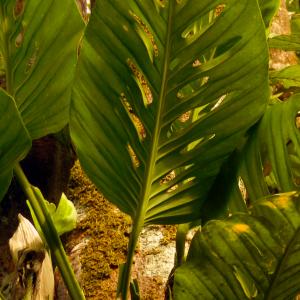
Latin: Monstera adansonii
Origin: South America
Plant height: 100 - 500 cm
Reproduction: #Stems
Difficulty level: #Medium
Tags: #SouthAmerica #Monsteraadansonii

19
1
Growing
Plants Encyclopdias
2016-08-17

Name: Swiss cheese plant
Latin: Monstera deliciosa
Origin: South America
Plant height: 100 - 500 cm
Reproduction: #Stems
Difficulty level: #Medium
Tags: #SouthAmerica #Monsteradeliciosa
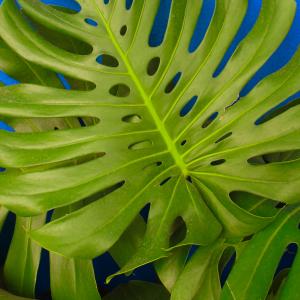
Latin: Monstera deliciosa
Origin: South America
Plant height: 100 - 500 cm
Reproduction: #Stems
Difficulty level: #Medium
Tags: #SouthAmerica #Monsteradeliciosa

20
7
Growing
Plants Encyclopdias
2016-08-17

Name: Fortune's spindle Blondy
Latin: Euonymus fortunei
Origin: Asia
Plant height: 30 - 60 cm
Reproduction: #Seeds
Difficulty level: #Medium
Tags: #Asia #Euonymusfortunei
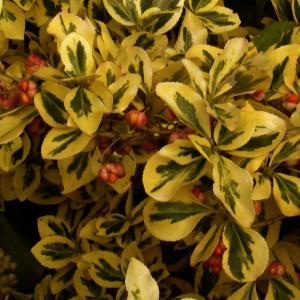
Latin: Euonymus fortunei
Origin: Asia
Plant height: 30 - 60 cm
Reproduction: #Seeds
Difficulty level: #Medium
Tags: #Asia #Euonymusfortunei

7
2
Growing
Plants Encyclopdias
2016-08-17

Name: Fortune's spindle
Latin: Euonymus fortunei
Origin: Asia
Plant height: 30 - 60 cm
Reproduction: #Seeds
Difficulty level: #Medium
Tags: #Asia #Euonymusfortunei
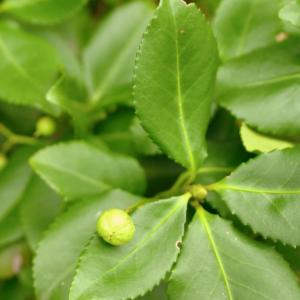
Latin: Euonymus fortunei
Origin: Asia
Plant height: 30 - 60 cm
Reproduction: #Seeds
Difficulty level: #Medium
Tags: #Asia #Euonymusfortunei

3
2
Growing
Plants Encyclopdias
2016-08-17

Name: Winged spindle
Latin: Euonymus alatus
Origin: Asia
Plant height: 80 - 150 cm
Reproduction: #Seeds
Difficulty level: #Medium
Tags: #Asia #Euonymusalatus
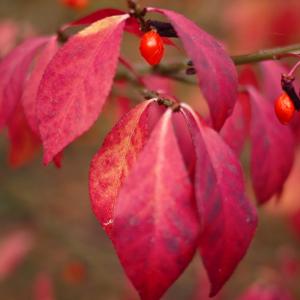
Latin: Euonymus alatus
Origin: Asia
Plant height: 80 - 150 cm
Reproduction: #Seeds
Difficulty level: #Medium
Tags: #Asia #Euonymusalatus

7
2



